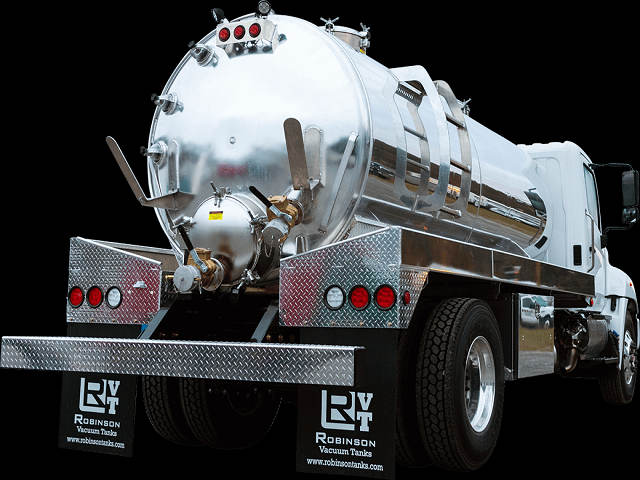Using Vacuum Tanks For Septic Trucks Typestrucks.Com Already know used semi trucks for sale under 30 000? Or want know commercial truck auctions near me?
It is very important to get the right vacuum tanks for septic trucks that will reduce the back strain on the truck system. When the tank is overused, it can result in under-sink backflow problems and even damage to the tank lid, which can be extremely expensive to repair.
Most septic tanks have two components, the lid and the liner. The liner generally is made of a combination of cement and inert materials and is held in place by the base of the tank, usually a cast-in iron body.
Read Also:
Vacuum Tanks For Septic Trucks

Depending on the size of the tank and the configuration of the liner, the lid is held in place by two methods, either the metal clips that attach to the liner or hinged rubber grommets that secure the liner to the base.
The vacuum tanks for septic trucks are designed to reduce the back pressure on the tank to which reduces the wear and tear on the liner. They are also typically made of plastic and feature a wide array of features including rust resistant, corrosion resistant, high temperature resistant, highly resistant to rust and petroleum based or low oil lubricants.
Vacuum Tanks For Septic Trucks – used vacuum tanks for septic trucks

In addition to having air bags that allow the liner to expand in order to provide additional support. This expansion is essential in preventing backflow. The addition of air bags are often referred to as FANS and in most cases they will provide air for approximately eight hours.
The air bags are usually placed in both the center of the liner and at either end of the surface. The center section is called the bottom breather area and it will usually contain a clear bag for ventilation purposes. The outer edges of the breather bags are sealed to prevent the contamination of the surroundings as the tank empties into the septic system.
Vacuum Tanks For Septic Trucks – septic vacuum tanks for sale

Once the tank empties it is sealed between the bottom breather and the bottom of the traditional septic tank. The vacuum tanks for septic trucks will help eliminate the built up solid waste material found in the bottom of the tank which will help to increase the volume of waste going into the sewer system.

The great thing about vacuum tanks for septic trucks is that they do not require any pumping back in after the tank empties into the septic tank. This can save a lot of money and help keep the system in good shape. Also, once the tank empties it does not need to be pumped back in.
vacuum tank manufacturers

The negative effects of having too much pressure in the septic system can be significant. Pressure can cause the system to lose water content and become clogged. When the water is lost, it can clog the pipe and can prevent it from draining properly.
Pipe clogging can result in blockages and overflowing and can lead to damage to the liners and lids, as well as discharging of chemicals into the soil. All of these things can be expensive to repair.
imperial vacuum trucks

It is imperative that the proper seal is used in the tank. As the liner expands, it is able to absorb more water. While the liner cannot withstand too much expansion, the proper amount of pressure can be maintained.
If you do not install the proper seal then excess pressure is developed. This pressure builds up over time and can cause problems for the system. A tank without a proper seal can cause a serious build up of pressure which can cause clogs in the tank and in turn clog the system.

The key to a successful operation using vacuum tanks for septic trucks is to ensure that the liner is properly sealed. If the liner is not properly sealed then too much pressure is built up which can create problems for the system. The proper seal will also prevent water from backing up into the tank which can cause plumbing damage to the liner and clogging.
